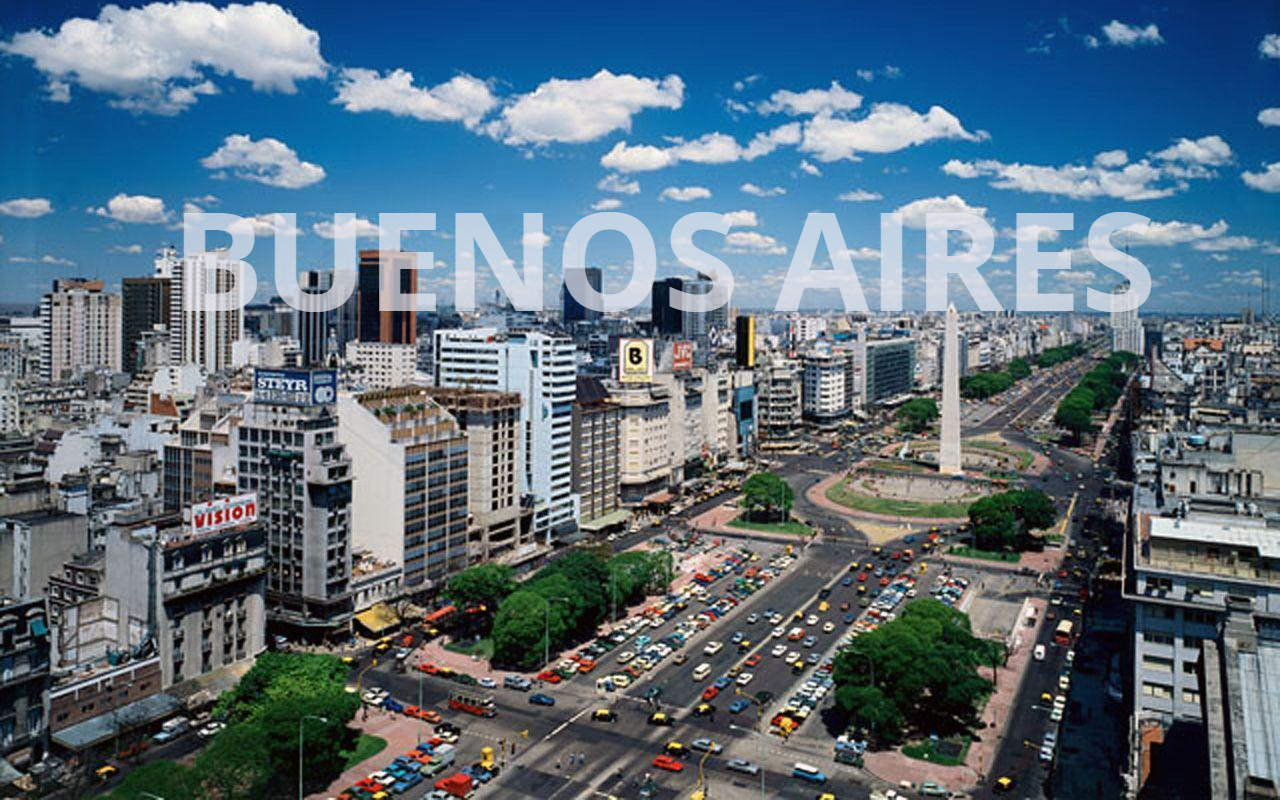Buenos Aires, Argentina
Buenos Aires, city, and capital of Argentina. The city is coextensive with the Federal District (Distrito Federal) and is situated on the shore of the Río de la Plata, 150 miles (240 km) from the Atlantic Ocean. Buenos Aires is one of Latin America’s most important ports and most populous cities, as well as the national center of commerce, industry, politics, culture, and technology. According to tradition, Spanish colonizer Pedro de Mendoza established the first settlement there, which he named Nuestra Señora Santa María del Buen Aire (“Our Lady St. Mary of the Good Air”). Buenos Aires locals are referred to as porteños (“people of the port”) because so many of the city’s inhabitants historically arrived by boat from Europe. Area city, 78 square miles (203 square km); Greater Buenos Aires, 1,500 square miles (3,885 square km). Pop. (2001) city, 2,776,138; Greater Buenos Aires, 12,046,799; (2010) city, 2,890,151; (2019 est.) Greater Buenos Aires, 15,172,700.
Character of the city
The Argentine poet and philosopher Ezequiel Martínez Estrada (1895–1964) called Buenos Aires “The Head of Goliath,” a metaphor that likened the imbalance of the city’s relation with the rest of the country to that of a large-headed giant with a feeble body. The city’s wealth and influence overshadow the life of the rest of the country, but Buenos Aires also presents Argentina with its severest economic and social problems. This dichotomy has made Buenos Aires a center for political and social unrest.
This grandiose city with wide avenues and a vibrant cosmopolitan flair is more generally European than Latin American in character. Having little colonial architecture and few landmark buildings, Buenos Aires is chiefly a city of distinctive neighborhoods that have their own meeting places, generally coffeehouses or bars. This is a tradition rooted in the colonial period when the center of each neighborhood was a general store and bar known as a pulperia. These neighborhoods provide a sense of community for people who live in an urban sprawl that by the early 21st century was growing twice as fast as the country as a whole.
Landscape
City site
The city of Buenos Aires is located at the northeastern edge of the flat plain known as the Pampas, which occupies the agricultural heartland of Argentina. It is situated at the point where the Paraná River delta widens to become the Río de la Plata estuary. The eastern and northern limits of the metropolitan area are defined by the Río de la Plata, and the city’s most prominent physical characteristics are the numerous small rivers that flow through its periphery. The center of the city lies on a bluff overlooking the Río de la Plata, and to the south flows a small river, the Riachuelo, the banks of which mark the other higher ground in the city. The rest of the city is laid out on the floodplains of the rivers, virtually without significant elevations.
People
Buenos Aires is often described as Latin America’s most European city. The population is made up largely of the descendants of immigrants from Spain and Italy who came to Argentina in the late 19th or early 20th century. Porteños, and Argentinians in general, tend to consider themselves European in character rather than Latin American. Moreover, porteños see themselves as having an identity that is quite distinct from those of other Argentinians and Latin Americans as a whole. Porteños are generally extroverted, sophisticated, animated, and on the forefront of the latest trends and fashions, yet their attitudes are tinged with pessimism or fatalism about the direction of their country or the latest economic problems. Some Latin Americans have come to view porteños as slightly arrogant or snobbish.
There are also significant minorities of Germans, Britons, Ukrainians, Czechs, Poles, Slovenes, Lithuanians, Middle Easterners, Koreans, Japanese, and Chinese. Since the 1930s, most newcomers to the city have come from northern Argentina, where the population is predominantly mestizo (people of mixed Indian and European ancestry), and from neighbouring Bolivia and Paraguay. Mestizos make up between one-fourth and one-third of the population in the metropolitan area. It is mostly mestizos who live in the poorer sections of the city, in the shantytowns, and in the suburbs.
Virtually no descendants of Africans or of mixed European and African ancestry remain in the city. In the early 19th century about one-third of the population was black, mainly living in San Telmo. By the end of the century, black residents accounted for only a tiny percentage of Buenos Aires’s population. Researchers suggest that many blacks were killed fighting in the War of the Triple Alliance in the 1860s or perished in the yellow fever epidemic of 1871 that devastated much of the population in San Telmo. Others believe that the population intermixed with the already mixed-ethnic porteños and was no longer distinguishable. More recently, Afro-Argentine culture was further marginalized as part of the wider repression that occurred during the military dictatorship from 1976 to 1983. African ancestry figures have not been represented in census counts since the 1890s.
While there are no ethnic neighborhoods, strictly speaking, many of the smaller minorities have tended to settle close to one another in tightly knit communities. Villa Crespo and Once, for example, are known as Jewish neighborhoods; Avenida de Mayo is a center for Spaniards; Flores is the home of many people who emigrated from the Middle East (especially Armenians, Lebanese, Palestinians, and Syrians); and Once has become a concentration point for Korean immigrants. The assimilation of these groups has been less than complete, but the Argentine identity has been flexible enough to allow ethnically based mutual-aid societies and social clubs to emerge. Even the dominant Spanish language has been affected by other European cultures and has undergone changes; in the shantytowns and waterfront districts an Italianized dialect has emerged, and Italian cuisine is popular in the city. Roman Catholicism is the predominant religion of porteños, though Evangelical Protestantism has made significant inroads since the 1980s. Eastern Orthodox and Anglican communities have been present in Buenos Aires since the late 1900s. About four-fifths of the country’s 250,000 adherents of Judaism live in the city. Eastern religions are also growing in importance locally.
Source:







